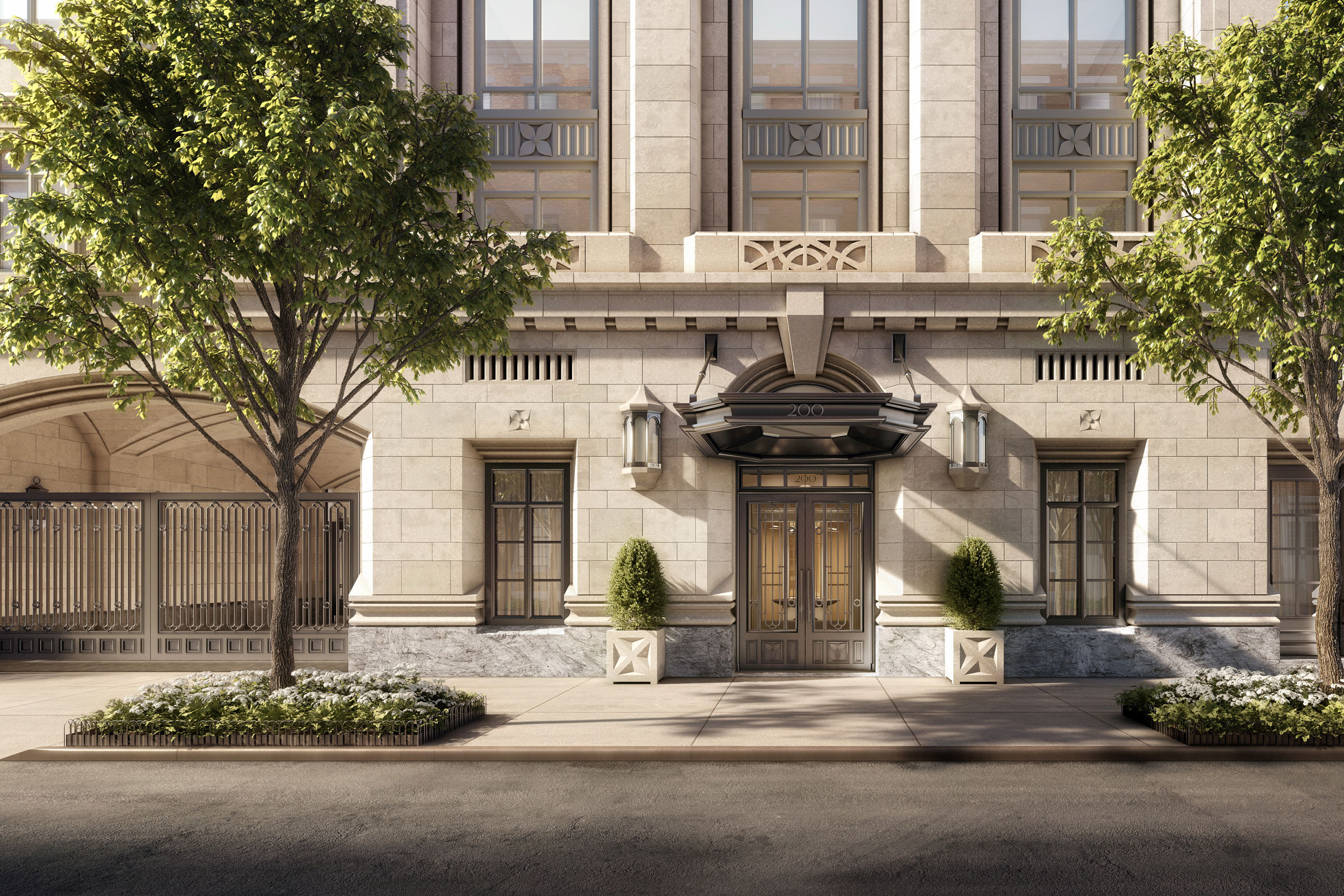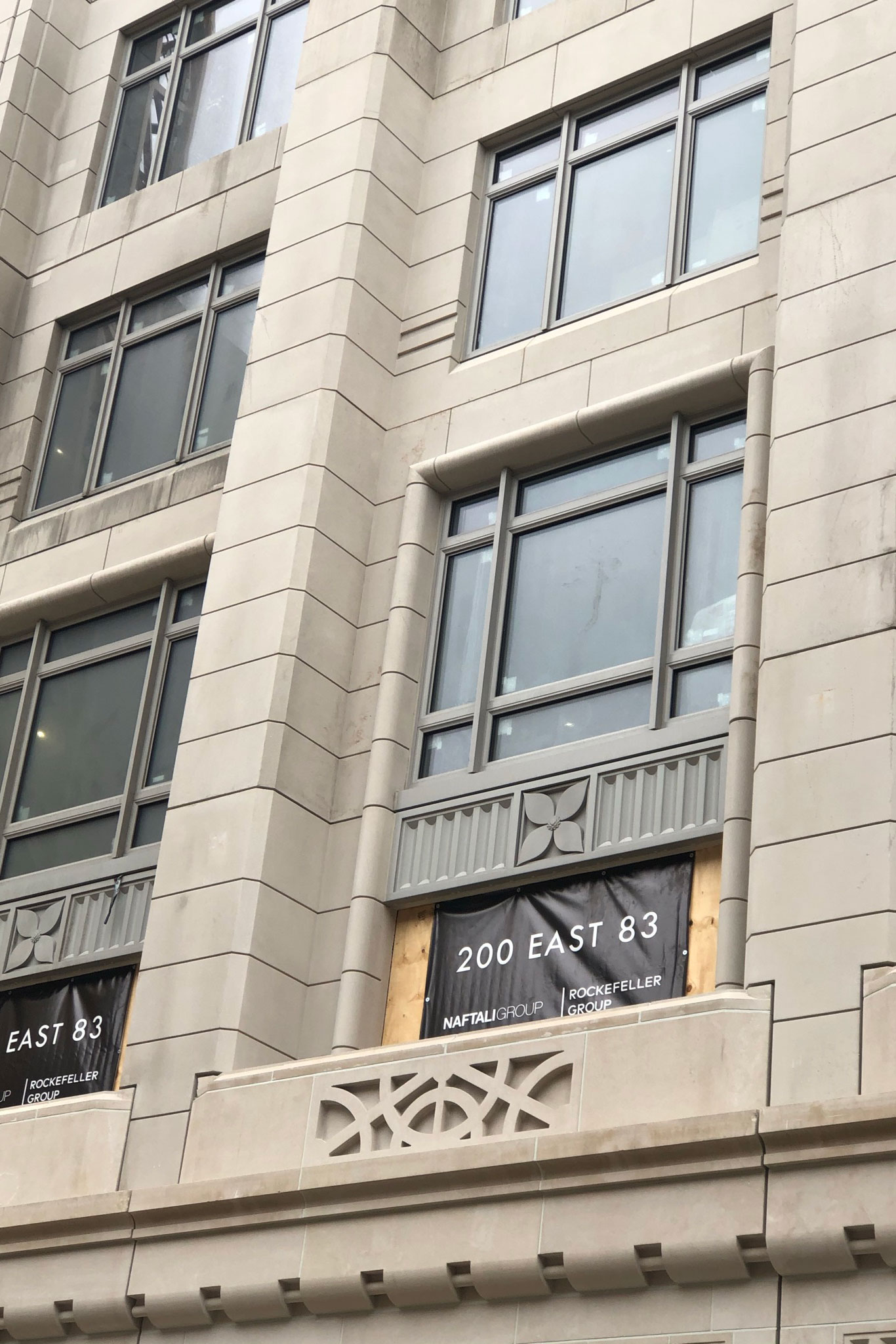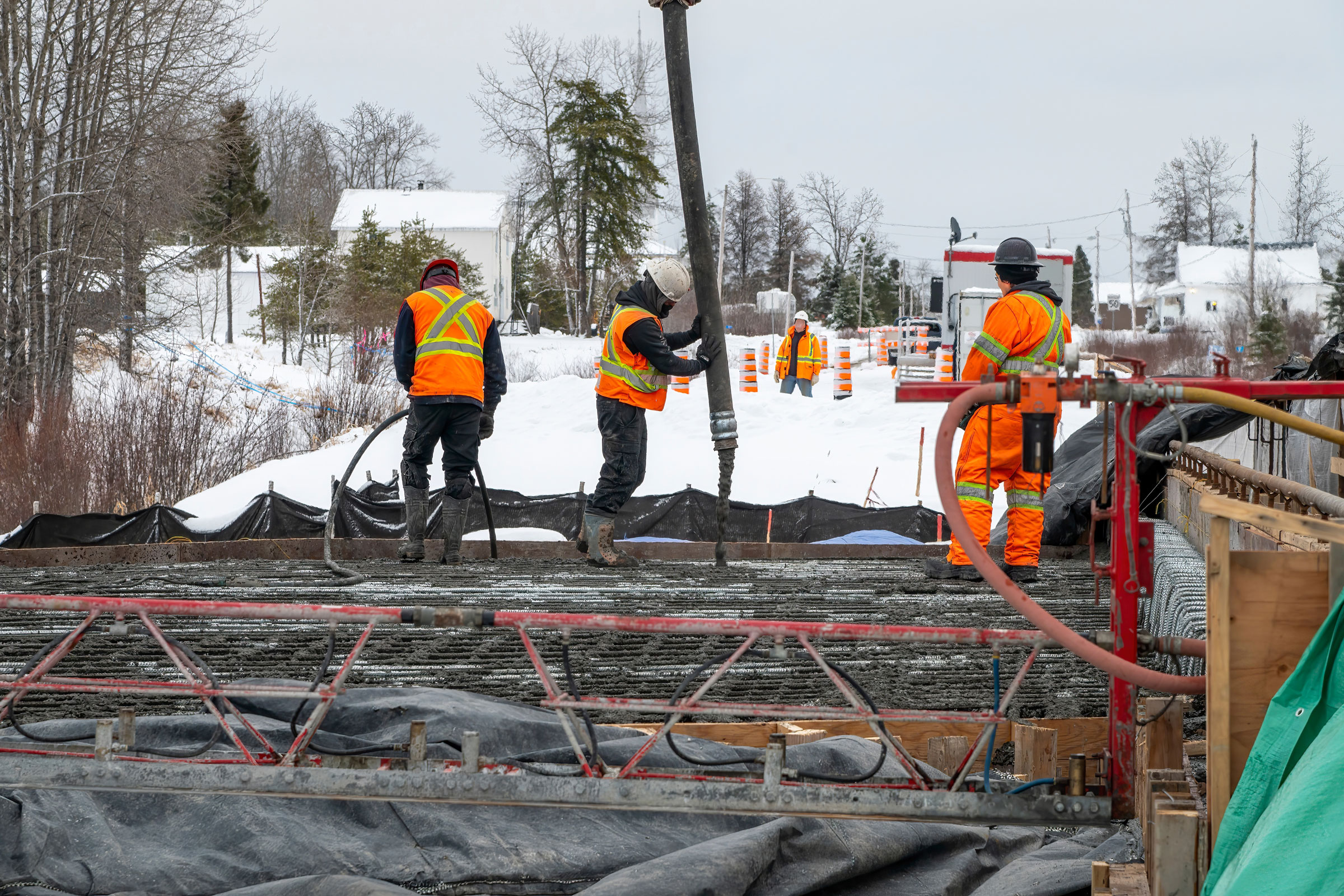Story at a glance:
- Architects can tell stories using facades, but over the last century many buildings have developed a uniform box-like look.
- RAMSA uses ornamentation as a storytelling device in a residential tower project on Manhattan’s Upper East Side.
- The team used a mix of analog and digital techniques to depict wildflowers that once flourished in the local ecosystem.
In Victor Hugo’s novel Notre-Dame de Paris, Archdeacon Frollo declares that “the book will kill the edifice.” Hugo was of course writing about a moment in time when the masses couldn’t read and instead learned from art—paintings, sculpture, and, in the case of this novel, the architectural ornament of the Cathedral of Notre-Dame. One could literally read history in its facades and details.
Nowadays we might say the Internet will kill the book. But Hugo’s assertion nonetheless came true. Over the last century, as uniform, box-like towers proliferated across the world, architecture increasingly abdicated its ability to communicate through mass, material, and symbol. Anonymous glass walls bring neither joy to the city streets nor dignity to those who live and work beyond them.
How do we as architects begin telling stories with our buildings again?
My partners and I at RAMSA see architecture as part of a continuum; it is the artful synthesis of time-honored building traditions and the needs of immediate circumstance. In our multifamily residential projects in New York City, for example, we often look to Manhattan’s interwar apartment houses from the 1920s and 1930s—they captured the public’s imagination then, and they continue to capture ours now. We adapt and redraw plans, investigate materiality, tease out compelling details, and search for the most appropriate form of expression.
Project 200 East 83rd Street is located on Third Avenue, the western boundary of Yorkville. We asked ourselves: How can we incorporate the history of this neighborhood into our design? Yorkville had once been a flourishing garden, and even before that, a wonderful ecosystem thrived on Manhattan. “Before there were skyscrapers and restaurants, the city’s wealth was measured in flora and fauna,” wrote the authors of When New York City Bloomed in The New York Times. Unfortunately, with time, some have gone extinct.
- Photo courtesy of RAMSA
- Photo courtesy of RAMSA
To call attention to a few of these lost species, depictions of once-native wildflowers like bunchberry (Cornus canadensis), rose pink (Sabatia angularis), and large-flowered trillium (Trillium grandiflorum) were carved into the Indiana limestone that clads 200 East 83rd Street and imprinted into the building’s metal spandrel panels. We combined old techniques—like hand sketching and clay massing—with high-tech digital ones—like computer modeling and 3D printing—to strike the right balance of volume and detail when designing these elements. Embracing everything technology has to offer doesn’t mean we need to lose our imagination, too. And importantly, this offered an opportunity to support craftspeople who continue to work in stone and metal.
We also drew inspiration from Millan House in the Lenox Hill neighborhood, which features a facade adorned with animals found in nearby Central Park, like owls, squirrels, and rabbits. From the elaborate stonework to the spirited use of brick, it was an architectural celebration of the city’s wildlife that we sought to channel in our design.
Character and ornament help make architecture enjoyable to look at, to walk by, and to experience. Why shouldn’t these details also teach and speak to the history of the city? Shouldn’t they help tell the stories most important to us today in a way that the public can understand? We want to prompt not only residents but also passersby to ask questions and in turn discover something new, to take a second glance at something and wonder. Let’s start telling stories again.






